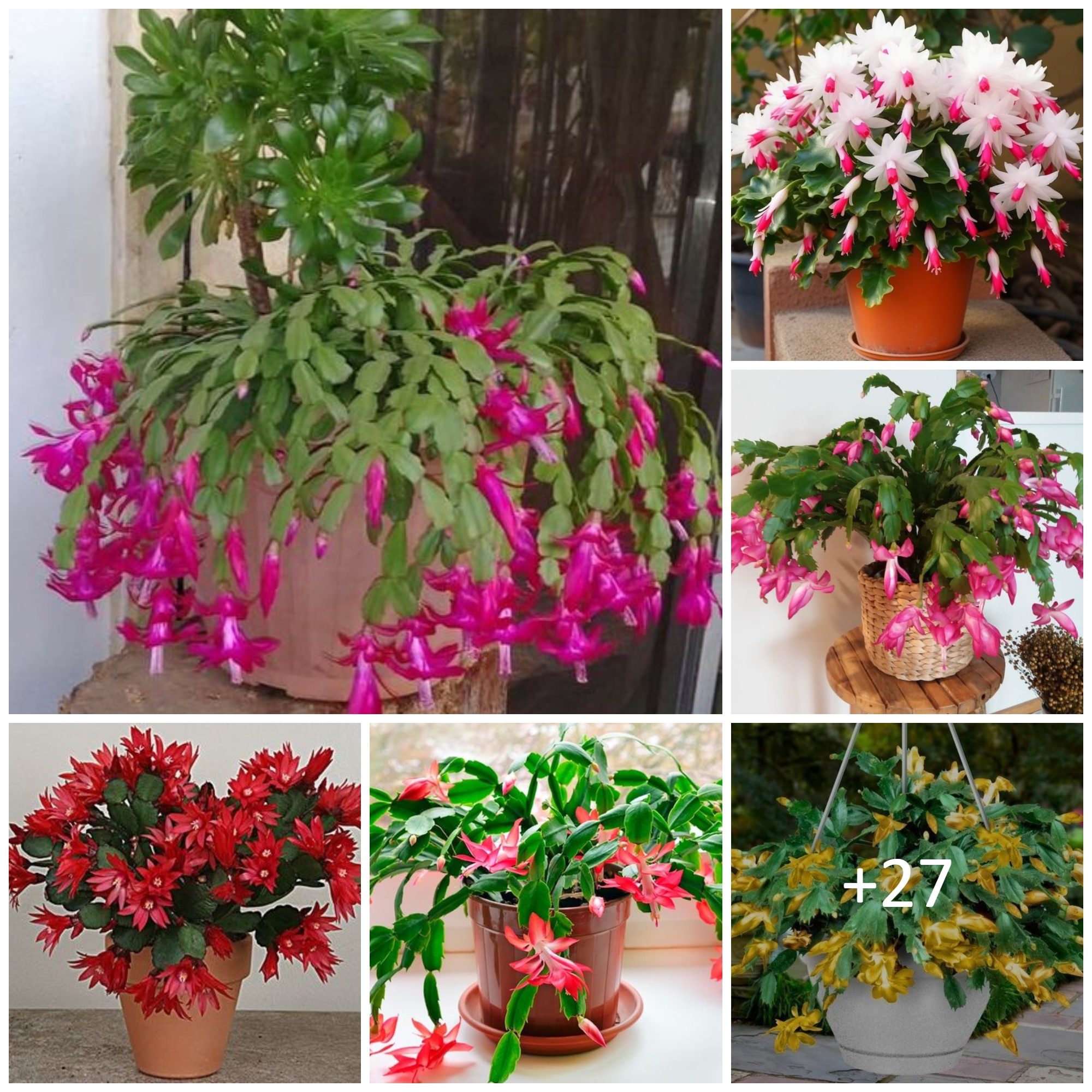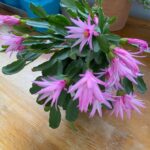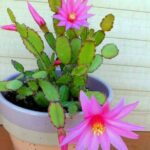The Christmas cactus, also known as the Schlumbergera, is a popular houseplant that blooms in the winter months with beautiful, vibrant flowers. Caring for a Christmas cactus can be simple if you know the proper steps to take. Here is the ultimate guide to caring for your Christmas cactus:
1. Light: Christmas cacti thrive in bright, indirect light. Place your plant near a window where it can get some sunlight during the day, but be sure to avoid direct sunlight as it can scorch the leaves.
2. Watering: Christmas cacti prefer to be kept slightly moist, but not soggy. Water your plant when the top inch of soil feels dry to the touch. Be sure to allow any excess water to drain away to avoid root rot.
3. Temperature: Christmas cacti prefer cooler temperatures, ideally between 60-70°F during the day and 50-55°F at night. Avoid placing your plant near drafts or heaters, as this can stress the plant.
4. Humidity: Christmas cacti enjoy higher humidity levels. To increase humidity, mist your plant regularly or place a humidifier nearby.
5. Fertilizing: Feed your Christmas cactus with a balanced, water-soluble fertilizer every 2-4 weeks during the growing season (spring and summer). Avoid fertilizing during the fall and winter when your plant is not actively growing.
6. Repotting: Christmas cacti prefer to be slightly root-bound, so they do not need to be repotted frequently. Repot your plant every 2-3 years or when it becomes overcrowded.
7. Blooming: To encourage your Christmas cactus to bloom, provide it with 12-14 hours of darkness each night for 6-8 weeks leading up to the holiday season. Keep the plant in a cool, dark room during this time and do not disturb it with unnecessary light.
By following these tips, you can ensure that your Christmas cactus remains healthy and vibrant for years to come. With proper care, your plant will reward you with stunning blooms year after year.
 redboth.com Decoration ideas for your home
redboth.com Decoration ideas for your home




















































